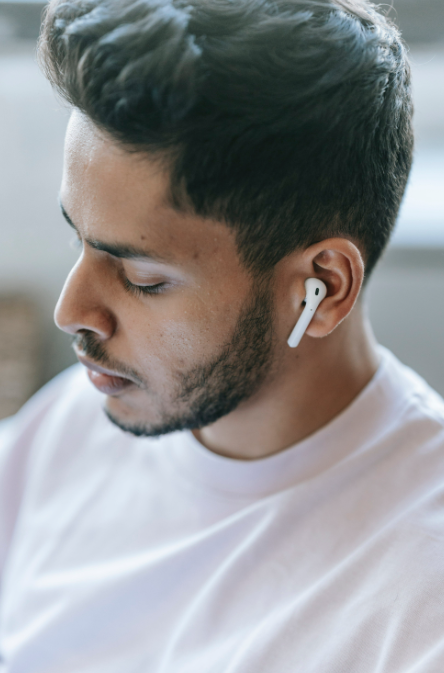TWS Earphone-In the dynamic world of personal audio, the landscape is witnessing a significant shift. The latest market reports reveal a staggering 110 million units of smart personal audio devices shipped globally in the third quarter of 2023, with True Wireless Stereo (TWS) earphones dominating 73% of this volume. This surge is largely attributed to their growing penetration in the mass market, coupled with affordable pricing, especially in the mid to low-end segments.

Interestingly, the market leaders in this domain are not the traditional audio manufacturers. This trend underscores a pivotal change: traditional audio brands are gradually falling behind in the race, while smartphone manufacturers are gaining favor among consumers.
Historically, sound quality was the hallmark of traditional audio brands, often achieved through substantial investment in components like drivers and cables. However, the rapid advancement in wireless transmission, particularly Bluetooth audio technology, has reshaped the industry. The criteria for sound quality are evolving, and its once-undisputed importance is now being overshadowed by other factors.
The change in user habits and environments, especially with the increasing reliance on streaming services and smartphones as primary audio sources, has led to a shift from the sole focus on sound quality. Traditional audio manufacturers have attempted to adapt by introducing their own TWS products. However, their historical focus on acoustics has become a double-edged sword. Aspects like usability, connectivity, and compatibility, which are now more critical to consumers, are not the traditional strong suits of these manufacturers.
On the other hand, smartphone brands are thriving in this new era. With comprehensive audio solutions from chip manufacturers like Qualcomm and MediaTek, they can develop products more cost-effectively, focusing on enhancing the user experience and optimizing supply chain integration. The strong association between TWS earphones and smartphones also influences consumer purchasing decisions, with many preferring earphones from the same brand as their phones for a seamless experience.
Moreover, the integration of powerful chips in high-end TWS earphones by brands like Apple, Xiaomi, and even Sony, is not just about improving key specifications. These devices are becoming smarter, offering personalized audio experiences and features like dynamic head tracking, as seen in Apple's Air Pods Pro series.
Additionally, these smart earphones are evolving beyond audio devices, incorporating health monitoring features like temperature and heart rate tracking. This functionality, however, poses a challenge for traditional audio manufacturers.
In the current market, the emphasis on sound quality by traditional audio brands is becoming less critical in mainstream TWS products. The real advantage lies in integrating supply chain components and maximizing their potential through tuning and other techniques. While this requires experience, it's not an insurmountable task for smartphone manufacturers.
Although smartphone brands may lack the tuning expertise of traditional audio manufacturers, leading to potentially lesser audio quality, this difference is often imperceptible to most users.TWS Earphone
